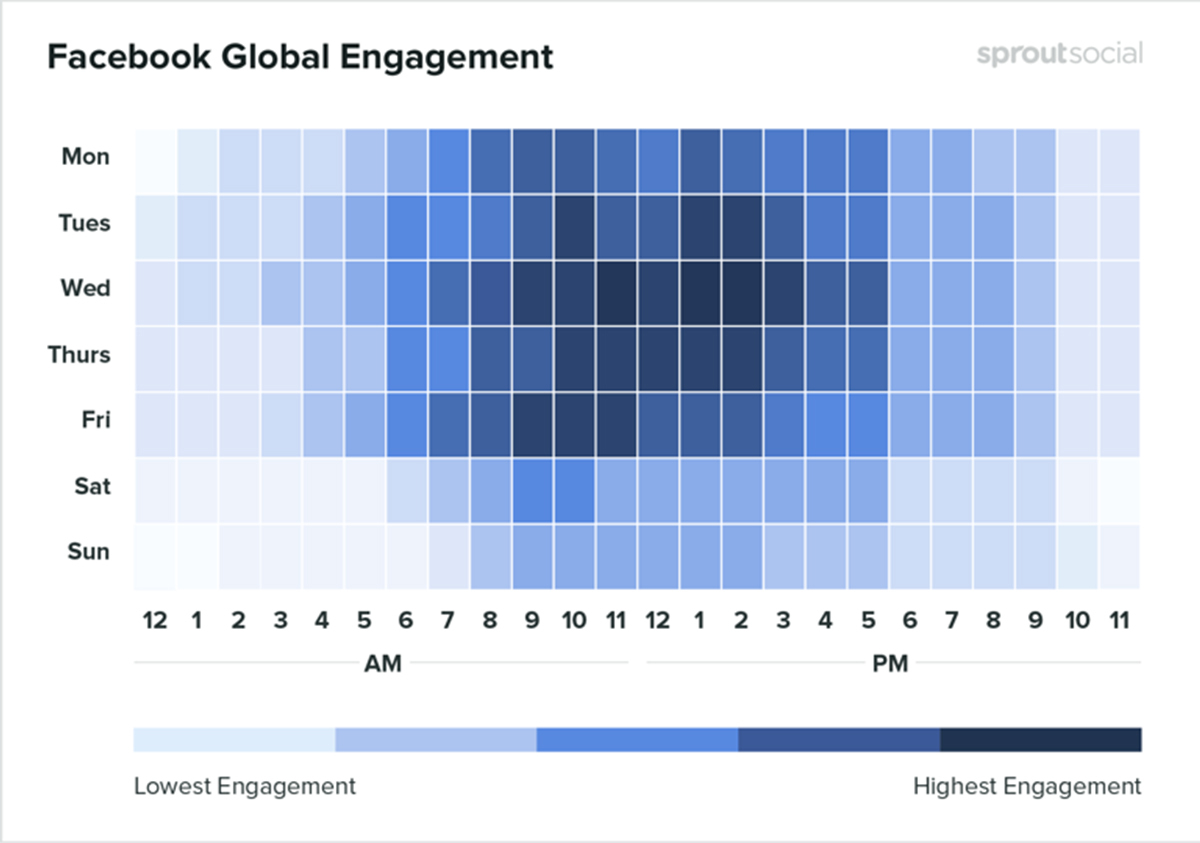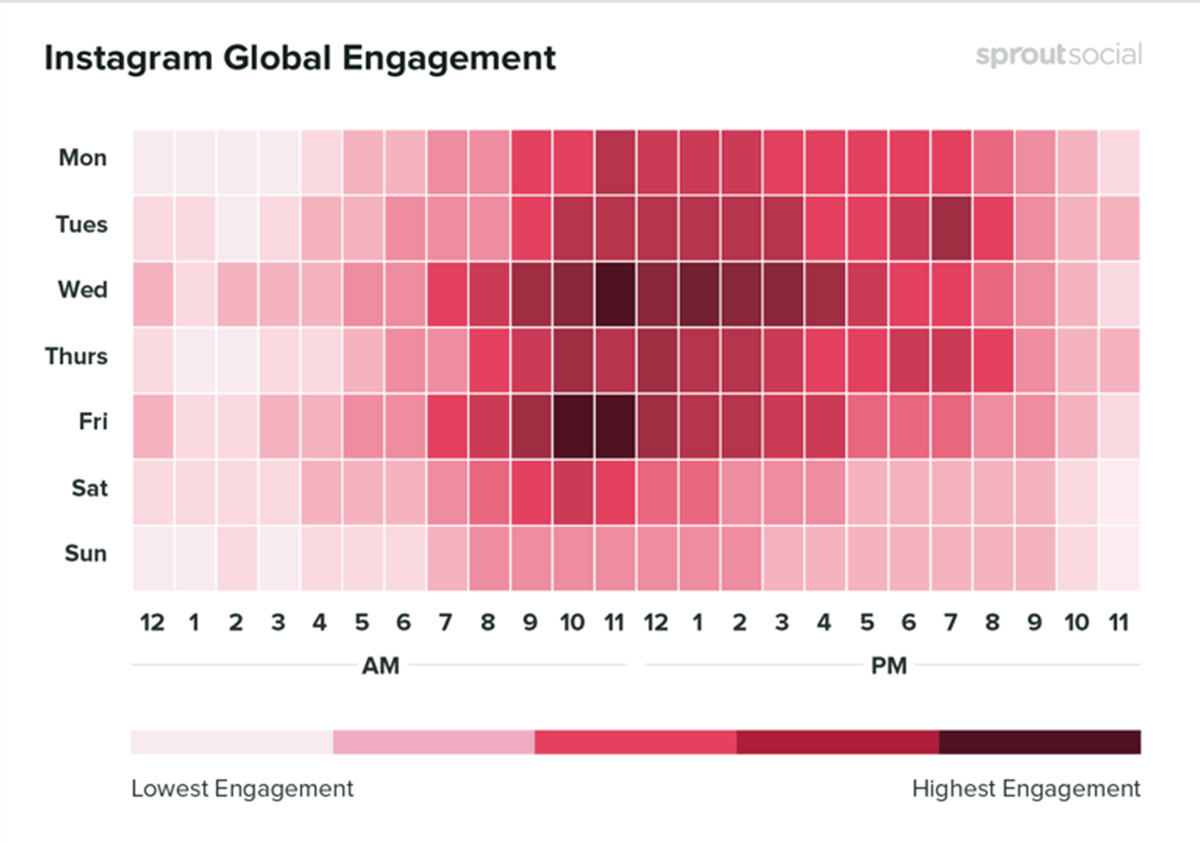As a seasoned Social Media Manager, I have long researched (and attempted to debunk) the theory that you must “pay to play” on social media. Working potential customers through strategic purchase funnels, dynamically retargeting pertinent messaging to reach the correct audiences and, ultimately, driving conversions — these are just a few of the facets of paid social media that organic social media practitioners can benefit from. But often, our top goal is to build brand affinity with our non-paid social media content marketing. And given the constantly evolving nature of social media platforms and consumer behaviors, this can be a tall order.
Achieving success through organic social media efforts is a dynamic and — more often than not — frustrating puzzle with numerous variables, hindrances and algorithms to navigate. Through extensive research, trial and error, triumphs, and risk-taking, our Social Media and Content Marketing team at The Brandon Agency has developed a list of ways to breathe new life into your organic social media efforts — and to increase engagement and brand affinity in the most effective, efficient ways.
1. Optimize Your Social Media Profiles
A brand’s social media profiles are generally a user’s first touchpoint when attempting to become familiar with a brand/product/service. Each respective channel creates a network of real-life ambassadors (or sometimes, haters) for gleaning firsthand accounts of a product or service. In addition, social media profiles dictate how your business appears in search results, both in and out of their respective apps. We all know that organic search is a main driver of website traffic for brands, and Google’s crawlers use your social media page’s name, description, number of likes or followers, etc. when considering search ranking — so it’s in your best interest to make sure your pages are in tip-top shape.
To optimize social media profiles, we recommend first filling out all profile sections to the best of your ability. This includes, but is not limited to:
- Company overview/bio rich with keywords about products or services
- Updated website information
- Links to additional social profiles
- Contact information both for general inquiries and customer service
- Profile image and header image sized appropriately for each platform
- Regular active posts on each platform
2. Find the Best Time to Post
If a tree falls in a forest and no one is around to hear it, does it make a sound? Using platform analytics is the best way to ensure that your brand posts are making noise for people to hear. Each social media channel collects and displays data about your audience, including timetables of when your audience is the most active and engaged. Using this data, there is little guesswork to be done when determining the best time to publish content to your pages to ensure the highest reach. In case you’re using a social media management platform like Sprout Social, you can easily access data on peak hours for your social media followers, as well.
By posting when your fans are most likely to be browsing social media, you maximize the chances that your content shows up first in their news feed—and that means more organic reach. On the flipside, this also means there will be greater competition during those peak periods. To combat this, publish content just before those peak traffic hours to beat the crowds.


3. Engage With (and Beyond) Your Audience
Managing a brand’s organic social media presence is far more intensive than just posting pretty photos and videos. It’s also a direct-to-consumer customer service tool that, if done poorly, can derail even the most prestigious of brands.
When monitoring interactions and engaging with a brand’s audience, our team at The Brandon Agency takes a proactive approach. Time and again, we see companies that either a) do not reply to inbound follower communication (BIG no-no) or b) are merely reactively replying to community engagement.
One of the best ways to learn more about your customers is to consider social listening. The simplest way to use social listening is to find and respond to untagged mentions, those instances where people are talking about your company without directly reaching out to you. This can be done through simple searches on respective social media platforms.
Simplicity, however, isn’t always the best route to take, knowing how complex humans are and how they behave on social media. Using Sprout Social’s Social Listening capabilities, our team is able to analyze large amounts of social data for product insights, discover potential customers and understand target audiences much more easily.
There are so many ways to make your business more customer-oriented by analyzing social listening data. Here’s a great example of social listening we did for our client frogg toggs. We did a search on Twitter for “Rain jackets” and saw an opportunity to suggest our gear for a user in search of a new jacket. While this tactic may not always guarantee purchase, it is a beneficial way to expand your company’s social media footprint and encourage website visitation.

Another great way to adopt social listening into your social media strategy is to join relevant communities on social media: subreddits, Facebook groups, Twitter chats, etc. People are constantly asking for recommendations, and you can tap into these conversations as long as your approach is authentic and conversational. No one likes spammy brands.
4. Befriend Algorithms
Mastering social media algorithms is a constantly changing chess match. Sure, report after report tells us that organic reach is falling, but that doesn’t mean that you should fold. Instead, do your research to better understand what types of content each platform favors, then use that information to your advantage to maximize organic reach.
BUT it is important to note that not all content is created equal. Creativity is key, no matter the platform or application. We all know that many social media networks boost video content, but that doesn’t mean that you should produce lackluster videos just for the sake of it. You need to come up with engaging content, in line with algorithm shifts, in order to optimize your results.
5. Start Messaging
It’s no secret that there has been a major shift toward increased privacy online and within social media over the past few years. Today, a large percentage of social media interactions are happening in direct messages — where people are talking with their friends, but also with brands. And given this, it’s worth paying attention to the opportunity.
If your company does not have a direct messaging strategy, now is the time to put pen to paper and get to engaging privately with your audience. Respond to direct Instagram Story tags, answer specific questions via Messenger, connect through Twitter DMs. Messenger bots can also be a great way to connect to your customers — but beware of automating your conversations too much; you can’t overestimate the power of talking with a person when it comes to customer service.
The above list is a great starting point if you feel engagement on your social media channels is stagnant. Assign these tactics to specific business goals for a more holistic marketing approach. While there’s a lot to take on, you’ll notice that many of the points here are interconnected.
Clean up your profiles with keyword-rich descriptions. Start using social listening, and you’ll be able to discover rabid brand advocates you didn’t know you had. Create a private Facebook Group and watch a community flourish before your eyes. Build engaging content that plays nicely with platform algorithms. Post when your audience is active and engaged. If you begin with these tactics and integrate them with authenticity and intention, you’ll begin to notice upticks in overall brand perception and, eventually, even conversion.
In need of some guidance when crafting your 2020-2021 social media strategy? Get in touch with our dedicated team of social media and content marketing experts today!
